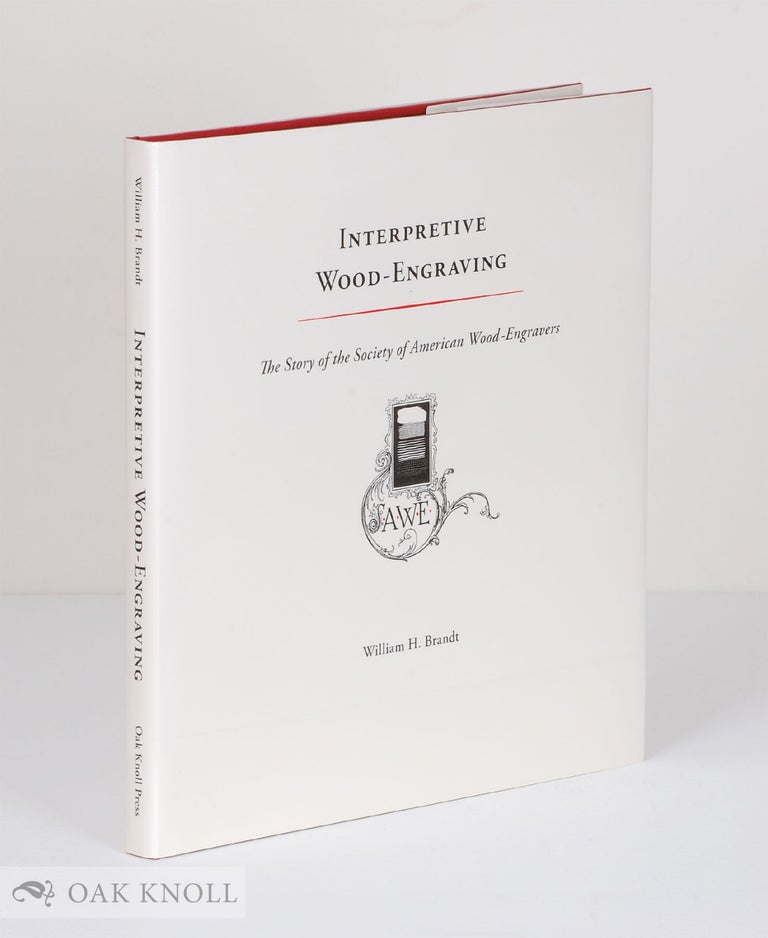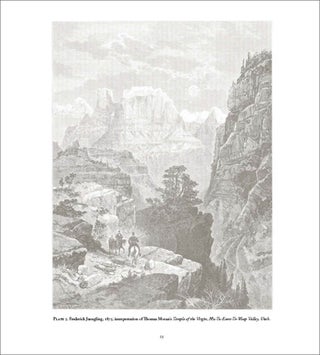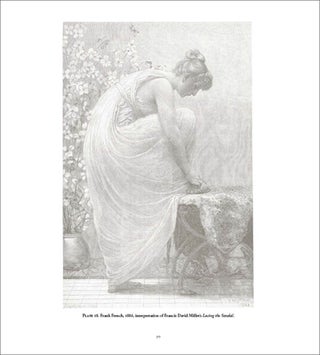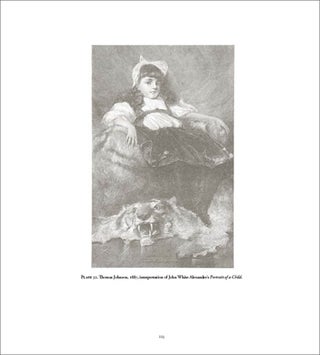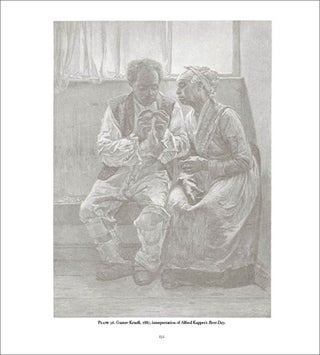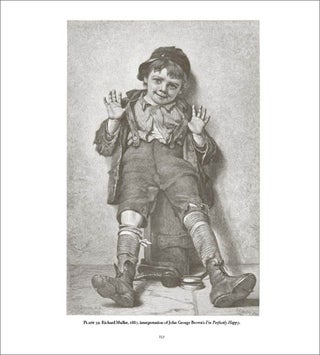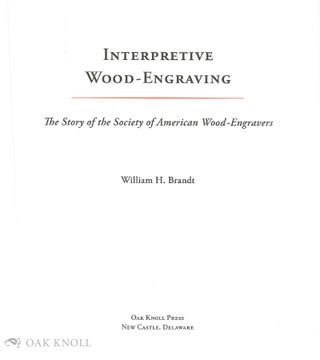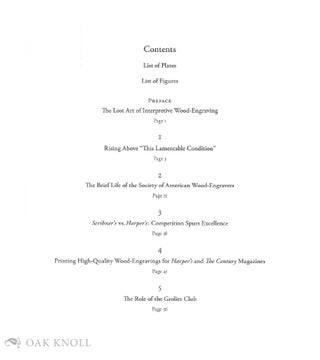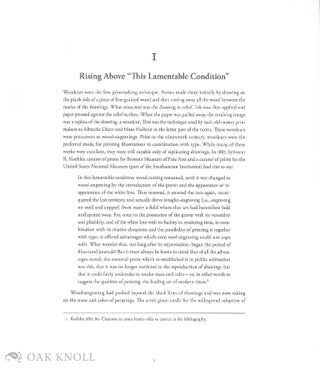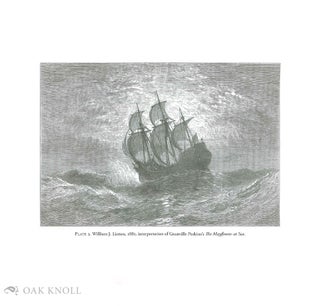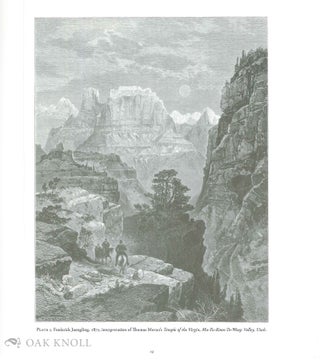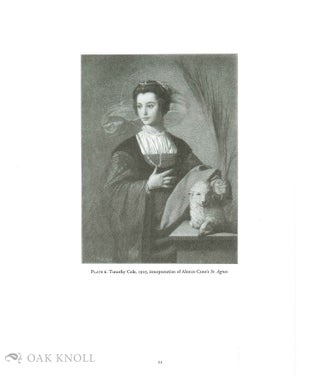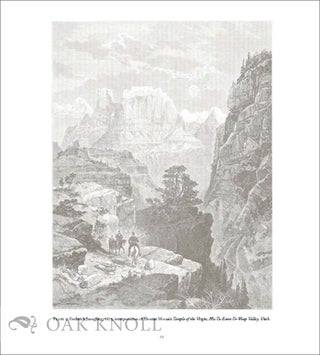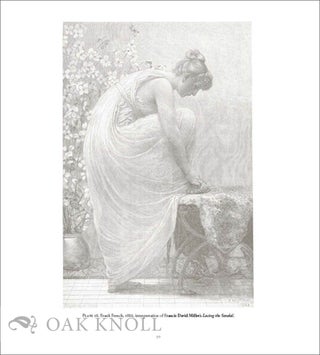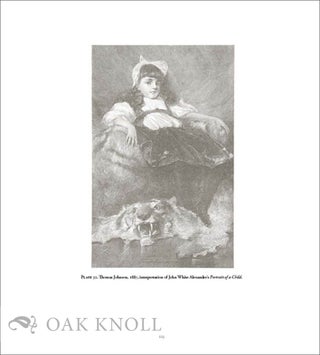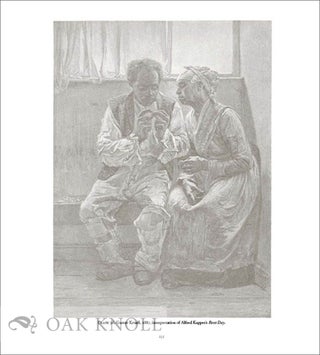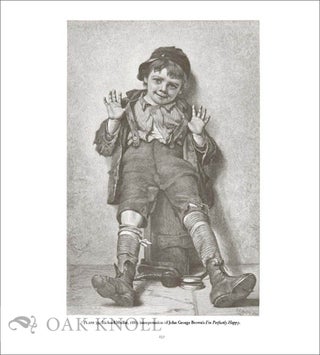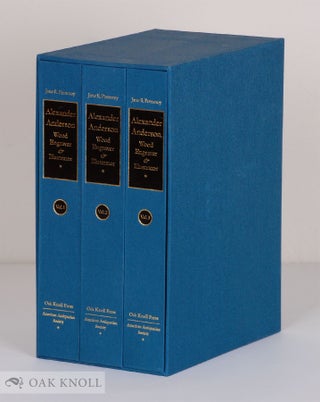INTERPRETIVE WOOD-ENGRAVING: THE STORY OF THE SOCIETY OF AMERICAN WOOD-ENGRAVERS.
- New Castle, Delaware: Oak Knoll Press, 2009.
- 11.75 x 12.75 inches
- Hardcover, dust jacket
- 204 pages
- ISBN: 1584562676
- ISBN: 9781584562672
Price: $45.00 other currencies
Order Nr. 102011
In the late nineteenth century, wood-engraving was the principle medium of illustration employed by publishers. From this beginning, print collector Bill Brandt goes on to recount the story of the Society of American Wood-Engravers. He reveals the medium's intricacies, the controversies sparked between traditional wood-engravers and America's New School, and the international acclaim rightly bestowed on these innovative American artists.
The lost art of interpretive wood-engraving comes to life in Brandt's detailed account. Using tools the size of dental instruments, the movement's talented and resourceful men and women engraved award-winning works of art - both interpretations of famous masterpieces and striking original works. The fifty prints reproduced on these pages, scanned from Brandt's extensive collection with most produced at full size, highlight the astonishing skill and painstaking craftsmanship required of a wood-engraving artist of the golden age.
The author profiles many leading personalities on the American wood-engraving scene, including Alexander Anderson, a New York doctor who became the father of American wood-engraving; William J. Linton, a talented English wood-engraver who led the Old School's relentless but unsuccessful charge against New School engraving techniques; Anna Botsford Comstock, who created hundreds of original wood-engraved book illustrations from nature; General Rush C. Hawkins, a Civil War figure who, as U.S. Commissioner on Art, secured the prominent display of American wood-engravings at the 1889 Exposition Universelle in Paris; Timothy Cole, who traveled through Europe creating wood-engraved interpretations of paintings by the old masters; and Elbridge Kingsley, whose revolutionary direct-from-nature wood-engravings were created in rural New England from his horse-drawn sketching car. Includes over eighty illustrations, and printed in an edition of 600 numbered books.
Brandt tells how the Society of American Wood-Engravers burned brightly for almost twenty years, and then faded away in the early days of photoreproductions. Readers, glimpsing the warm glow of a remarkable era, will take pride in this little-known period of American art history.
Bill Brandt has served on the boards of directors of the American Historical Print Collectors Society, the Northwest Print Council, and the Friends of the Vivian and Gordon Gilkey Center for Graphic Arts at the Portland Art Museum.

